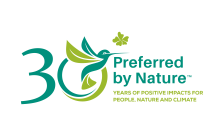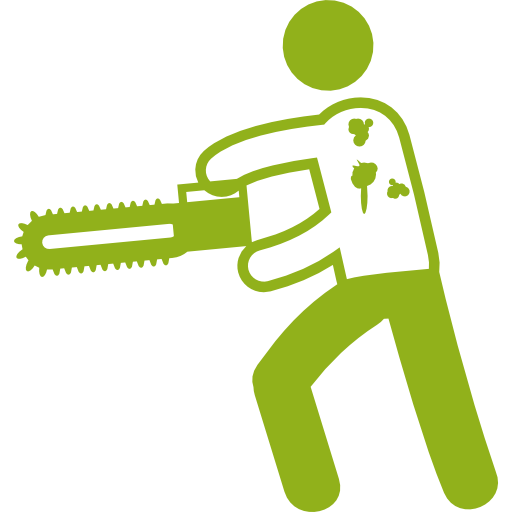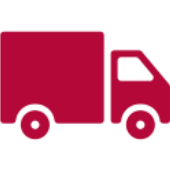Timber Risk Score: 91 / 100 in 2017. The Timber Legality Risk Assessment contains an evaluation of the risk of illegality in Poland for five categories and 21 sub-categories of law. We found:
- Specified risk for 2 sub-categories.
- Low risk for 15 sub-categories.
- No legal requirements for 4 sub-categories.
This page provides an overview of the legality risks related to timber produced in Poland.
30.7% (9.43 million ha) of Poland is covered by forests, most of which is naturally-regenerated forest.
Roundwood production totalled 41.7 million m3 in 2015. The forestry sector (including wood processing and pulp and paper) contributed US$ 7.1 billion to the economy in 2011, which was nearly 1.6% of the GDP
Risk is present in Polish timber supply chains. The risks relate to taxes and fees, and trade and transport. If you are sourcing timber from Poland you should take care to ensure the risks identified are not present in your supply chains, or have been sufficiently mitigated.
Urgent update - Białowieża Forest
There is a current logging ban in the Browsk, Białowieża, and Hajnówka Forest Districts of Poland, as such, there currently no credible means of verifying low risk or mitigating the risk for materials sourced from this area.
On 13th July 2017, the European Commission (EC) called for immediate suspension of logging in Poland's Białowieża Forest (Browsk, Białowieża, and Hajnówka Forest Districts), referred Poland to the Court of Justice of the EU, and requested interim measures to stop logging operations in Białowieża Forest. According to the EC, the available evidence shows that these measures taken by Polish authorities are not compatible with the conservation objectives of the site and do not ensure the sustainable use of the forest.
On 28th July 2017, the European Court of Justice imposed an emergency ban on logging in Białowieża Forest. This effectively suspends the March 2016 decision of Polish Environment Minister Jan Szyszko, which allowed an increase of timber harvesting. This logging ban is effective until EU judges make a final ruling on the case.
Because there is no evidence to date that the logging ban is being, or will be, respected by the relevant forestry authorities, a precautionary approach must be applied. This means that the low risk conclusion legality in the National Risk Assessment for Poland cannot be currently confirmed in Browsk, Białowieża, and Hajnówka Forest Districts.
Considering the current ban on logging placed on the three districts, there is currently no credible means to confirm that the legal requirements at the Forest Management Unit level are met or the risk is effectively mitigated.
For FSC Controlled Wood, FSC has recommended that material from Browsk, Białowieża, and Hajnówka Forest Districts should not be sourced as controlled material, or sold as such with FSC Controlled Wood claims.FSC has requested that certification bodies inform their clients that there is currently increased risk that the controlled wood requirements for categories 1 and 3 are not met for wood harvested in this areas. FSC has recommended that material from Browsk, Białowieża, and Hajnówka Forest Districts should not be sourced as controlled material, or sold as such with FSC Controlled Wood claims. Depending on the decision by European Court of Justice, the risk assessment for category 1 (illegally harvested wood) as available on the FSC Document Centre may be formally revised by FSC to reflect the decision. Any formal changes to this assessment will be communicated accordingly.
Score: 56 /100 in 2021
Rank: 42 out of 180 countries in 2021
There are currently no armed conflicts in Poland according to the Council on Foreign Relations' Global Conflict Tracker
FSC Certified Forest Area: 6,956,224 hectares (4 December 2019)
PEFC Certified Forest Area: 7,156,000 hectares (31 December 2019).
Information Gathering
Timber sources
- Find out the different sources of legal timber
- Determine which source type your timber comes from
| Timber source | Description of source type |
|---|---|
|
State forest |
Timber from state-owned forest which is:
|
|
Private forest |
Timber from privately-owned forest which is:
|
| Forest in national parks and nature reserves |
Timber from forest in national parks and nature reserves, managed by the national parks administration, or by others under the supervision of the administration. This is a limited source of timber. |
| Experimental forest stations |
Timber from experimental forest stations owned by universities. This is a limited source of timber. |
Risk Assessment
Risk assessment summary
|
Legal rights to harvest |
|
|
Taxes and fees
|
|
|
Timber harvesting activities |
|
|
Third parties' rights
|
|
|
Trade and transport
|
|
Risk Mitigation
Mitigate the risks in your supply chain
Learn which actions we recommended to mitigate the risks associated with the timber sources from Poland.
Source Certified Materials
NEPCon believes that third party certification (for example FSC and PEFC certification) can provide strong assurances of the legality of the products they cover. Companies seeking to mitigate the risks of sourcing illegal timber should seek to purchase third party certified materials wherever possible.
While the European Timber Regulation does not include an automatic “green lane” for certified products, it does recognise the value of certification as a tool for risk assessment and mitigation. The European Commission says that companies “may rate credibly certified products as having negligible risk of being illegal, i.e. suitable for placing on the market with no further risk mitigation measures, provided that the rest of the information gathered and the replies to the risk assessment questions do not contradict such a conclusion.”
For more information on using certified materials in your due diligence, including how to assess whether a certification system meets EUTR requirements, see the page on Certification and Due Diligence.
Mitigation recommendations
Below is a summary of our recommended actions to mitigate the risks associated with timber sources from Poland.
1. Fully map your supply chain
- Our supply chain mapping tool can help you do this.
2. Obtain and verify documents
- Tax related documents
- Documents confirming payment of land tax (private forest only)
- Trade and transport documents
- A documented due diligence system











